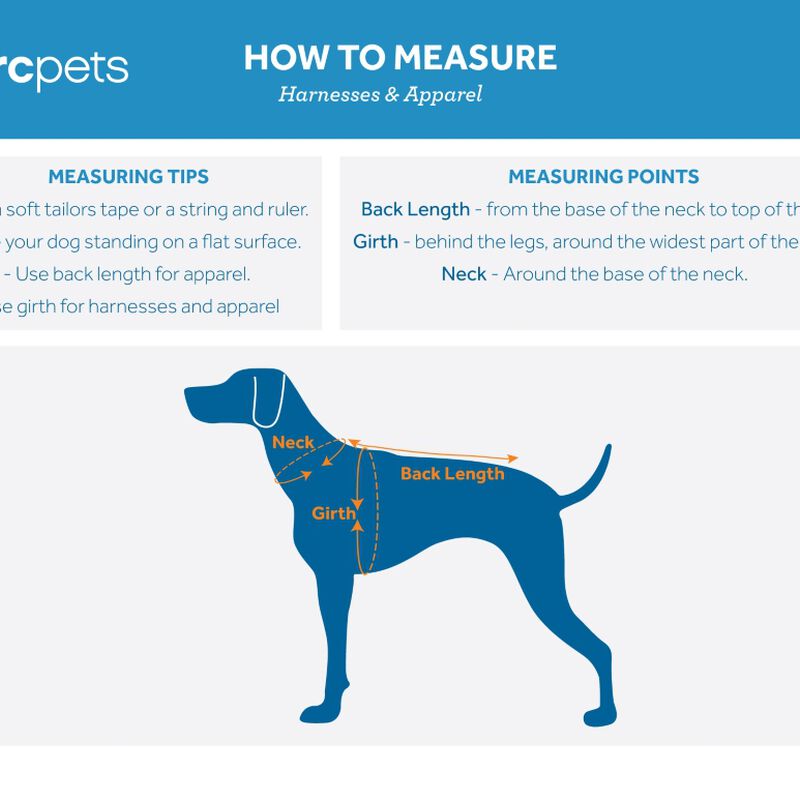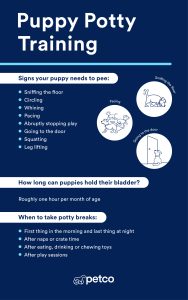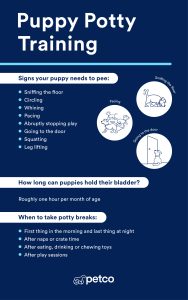If you want the perfect harness for your dog, getting the right fit is key. Measuring your dog correctly might seem tricky, but it’s easier than you think.
When your dog’s harness fits well, it keeps them comfortable and safe on every walk. Keep reading, and you’ll learn simple, step-by-step tips to measure your dog like a pro—so you can find a harness that feels just right for your furry friend.
Choosing The Right Harness
Choosing the right harness for your dog is more than just picking a pretty design. It directly affects your pet’s comfort, safety, and your control during walks. Understanding the different types and how a proper fit benefits both you and your dog can make all the difference.
Types Of Dog Harnesses
There are several types of harnesses designed to meet different needs. Each style offers unique features depending on your dog's size, behavior, and activity level.
- Back-clip harnesses:The leash attaches at the back, ideal for calm dogs who don’t pull much.
- Front-clip harnesses:The leash attaches at the chest to help discourage pulling, giving you better control.
- Dual-clip harnesses:These have both front and back leash attachment points, offering versatility for training and walking.
- Step-in harnesses:Easy to put on, these are great for dogs who dislike things going over their heads.
Think about your dog’s walking style and behavior—do they pull or walk calmly? This helps you choose which harness style fits your needs best.
Benefits Of A Proper Fit
A harness that fits well keeps your dog comfortable and safe. Too tight, and it can cause chafing or restrict movement. Too loose, and your dog might slip out, making walks risky.
I once tried a harness that was too large for my dog, and he managed to back out within minutes. Since then, I always measure carefully and adjust the straps to fit snugly but comfortably.
Proper fit also improves your control, reducing strain on your dog’s neck and distributing pressure evenly across the chest and shoulders. This makes walking more enjoyable for both of you. Have you checked your dog’s harness fit recently?
Essential Tools For Measuring
Measuring your dog accurately needs the right tools. These tools help get perfect sizes for a harness. Using proper items makes the process easy and stress-free for both you and your dog.
Measuring Tape
A soft measuring tape is essential for this task. It bends easily and fits around your dog’s body. Avoid metal tapes that can hurt or cause discomfort. Measure the chest, neck, and length with this tape. Note down each measurement carefully for a good harness fit.
Treats And Assistance
Treats keep your dog calm and happy during measuring. They help make your dog stand still. Ask a friend or family member to help hold your dog. Two people make measuring faster and more accurate. Praise your dog with treats to keep the mood light.
Key Measurements To Take
Getting the right fit for your dog’s harness starts with accurate measurements. These key measurements ensure comfort, safety, and control during every walk. Skipping or guessing any of these can lead to an ill-fitting harness that irritates your dog or slips off easily.
Neck Circumference
Measure around the base of your dog’s neck where the collar usually sits. Use a soft measuring tape and leave enough room to fit two fingers between the tape and your dog’s neck. This space prevents the harness from being too tight or restricting breathing.
I once underestimated this measurement with my own dog, and the harness chafed her skin. Adding just a bit of extra room made all the difference in comfort and her willingness to wear it.
Chest Girth
This is the most important measurement for a harness. Wrap the measuring tape around the widest part of your dog’s chest, just behind the front legs. Make sure your dog is standing up straight to get the most accurate size.
Think about how your dog moves—does the harness allow enough room for their shoulders to move freely? A snug but not tight chest girth keeps your dog secure without restricting movement.
Back Length
Measure from the base of your dog’s neck (where the neck meets the shoulders) to the base of the tail. This helps determine the right harness length and prevents straps from digging into sensitive areas. Some harnesses cover more of the back, so knowing this length ensures your dog stays comfortable.
Have you noticed your dog pulling or scratching at a harness? It might be too long or short in the back. Adjusting this measurement can reduce those issues and improve their walking experience.
Step-by-step Measuring Process
Measuring your dog correctly ensures a comfortable and secure harness fit. This process avoids tightness or slipping during walks. Use a soft measuring tape for accuracy. Keep your dog calm and still for best results.
Preparing Your Dog
Choose a quiet place with good lighting. Have treats ready to reward your dog. Let your dog stand naturally on all fours. Avoid measuring when your dog is excited or moving a lot. Stay patient and gentle throughout the process.
Measuring The Neck
Wrap the measuring tape around the base of your dog’s neck. This area is where the collar usually sits. Leave enough space to fit two fingers between tape and skin. Record the measurement in inches or centimeters. This size helps select the right neck opening.
Measuring The Chest
Find the widest part of your dog’s chest, just behind the front legs. Wrap the tape around this spot snugly but not tight. Ensure the tape stays level all around the body. Note the chest measurement carefully. This is the most important size for harness fit.
Measuring The Back
Measure from the base of the neck to the point where the tail begins. Keep your dog standing straight during this step. Use the tape to follow the spine gently. This length helps to find the right harness size and style. Write down this measurement to compare with harness guides.
Tips For Accurate Measurements
Taking accurate measurements of your dog for a harness is important. Proper sizing ensures comfort and control during walks. Use a soft tape measure and keep your dog calm for best results. Measure snugly but do not squeeze the tape against your dog’s body. Record each measurement carefully to avoid errors.
Avoiding Common Mistakes
- Do not use a rigid ruler; it won’t follow your dog’s curves well.
- Avoid measuring over thick fur or bulky clothing.
- Keep your dog standing for accurate chest and neck measurements.
- Do not guess sizes based on weight alone; dogs vary in shape.
- Double-check measurements to prevent buying the wrong harness size.
Ensuring Comfort And Safety
Choose a harness that fits your dog’s measurements closely but allows room to breathe. The harness should not pinch or rub the skin. Check if you can fit two fingers under the straps for a secure fit. Adjust straps evenly to avoid pressure points. Make sure the harness does not restrict your dog’s movement.

Credit: k9apparel.com
Choosing The Harness Size
Choosing the right harness size is key to your dog's comfort and safety. A harness that fits well avoids chafing and slipping. It helps control your dog without causing pain or stress. Measure your dog carefully before buying. Use those numbers to find the best size.
Comparing Measurements To Size Charts
Most harnesses come with size charts. These charts show measurements for neck, chest, and sometimes weight. Match your dog’s measurements to the chart. Check the chest girth first. This is the widest part behind the front legs. Then, note the neck size. Compare both numbers to find the closest size. If your dog is between sizes, choose the larger one. This allows room for movement and comfort.
Adjustability Features
Look for harnesses with adjustable straps. These let you fine-tune the fit. Adjustable areas often include the neck and chest straps. Some harnesses also have adjustable belly straps. This flexibility helps accommodate growing dogs or those with unique shapes. Make sure the harness can tighten snugly without pinching. Proper adjustability adds to your dog’s comfort and control.
Fitting The Harness On Your Dog
Fitting a harness on your dog is essential for comfort and safety. A well-fitted harness prevents chafing and gives you better control during walks. Take your time to ensure the harness fits snugly without being too tight or loose.
Start by gently placing the harness on your dog. Observe how it sits on the body. Check key areas to avoid any discomfort. Adjust the straps carefully for the best fit. Proper fitting helps your dog feel secure and happy.
Putting The Harness On
Hold the harness and let your dog stand still. Slip the harness over the dog’s head or legs, depending on the style. Make sure the chest piece is centered. Fasten the buckles securely but gently. Keep your dog calm and reward them with praise.
Checking For Proper Fit
Look for even placement around the neck and chest. The harness should not press on the throat or restrict breathing. Check if you can fit two fingers between the harness and your dog’s skin. This space allows freedom without slipping off. Watch your dog walk to notice any rubbing or pinching.
Making Adjustments
Use the adjustable straps to tighten or loosen the fit. Focus on areas where the harness shifts or feels loose. Adjust one strap at a time for balance. Avoid over-tightening to prevent discomfort. After adjustments, test the fit by gently pulling on the harness. Your dog should feel secure but comfortable.
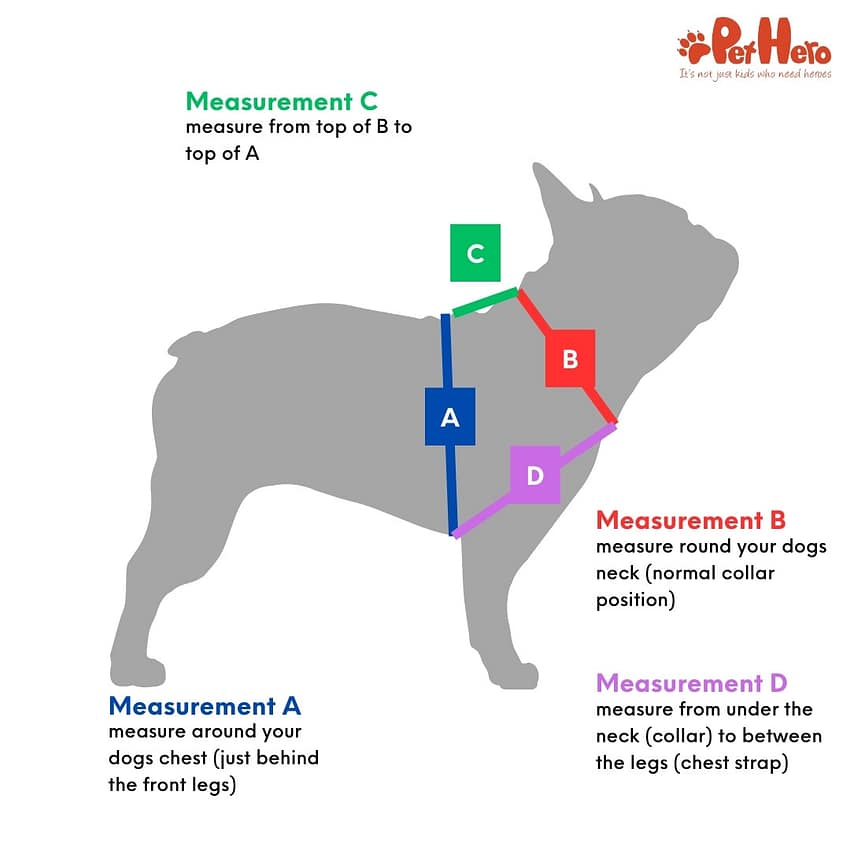
Credit: pethero.co.za
When To Re-measure Your Dog
Knowing when to re-measure your dog for a harness is important. A proper fit keeps your dog safe and comfortable. Changes in size or coat can affect harness fit. Regular checks help avoid tightness or looseness that may cause discomfort or escape risks.
Growth And Weight Changes
Puppies grow quickly and need frequent measurements. Adult dogs can gain or lose weight over time. Weight changes can make a harness too tight or too loose. Measure your dog after noticeable weight shifts. This ensures the harness fits correctly and stays secure.
Seasonal Coat Variations
Dogs grow thicker coats in cold seasons. A bulky winter coat can affect harness fit. In warmer months, the coat thins, changing the fit again. Re-measure your dog when the seasons change. This keeps the harness comfortable year-round without pinching or slipping.
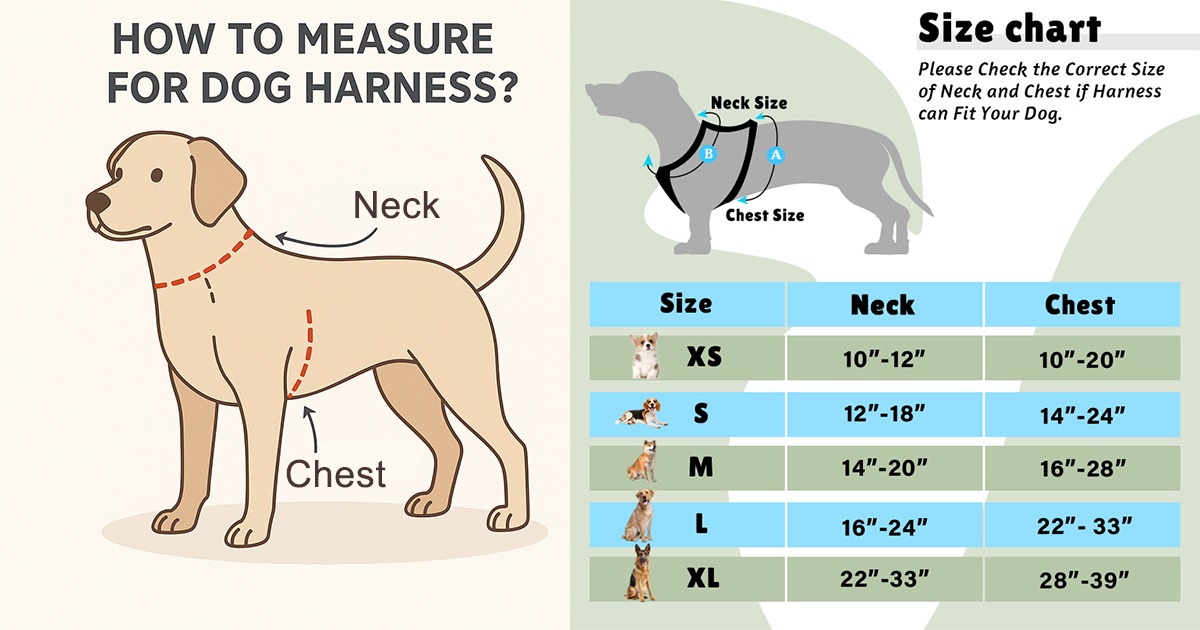
Credit: bobotails.com
Frequently Asked Questions
How To Choose The Right Harness Size?
To choose the right harness size, measure your dog’s chest girth and neck circumference. Use a flexible tape measure for accuracy. Refer to the manufacturer’s size chart and adjust the straps for a snug fit. Ensure two fingers can fit between the harness and your dog’s body for comfort.
What Tools Do I Need To Measure?
To measure your dog for a harness, use a soft tape measure. This flexible tool allows you to accurately measure your dog’s chest and neck. If you don’t have a tape measure, use a piece of string and then measure it with a ruler or yardstick.
How To Ensure A Comfortable Harness Fit?
Ensure a comfortable harness fit by adjusting the straps correctly. The harness should be snug but not too tight. You should be able to fit two fingers between the harness and your dog’s body. Check regularly for any signs of chafing and adjust as needed for comfort.
What If My Dog Is Between Sizes?
If your dog is between sizes, choose the larger size for comfort. Adjust the harness straps for a better fit. Ensure the harness is snug but not tight. A harness that’s too small may cause discomfort, while a larger one can be adjusted for a secure fit.
Conclusion
Measuring your dog for a harness is simple and important. Use a soft tape to measure around the chest and neck. Take your time and measure carefully for the best fit. A well-fitted harness keeps your dog safe and comfortable.
Always double-check measurements before buying. Happy walks start with the right harness size. Your dog will thank you with every step.

Emily Barker is the founder of ChillDogLife.com, a space dedicated to helping pup parents discover the best dog products, lifestyle tips, and cozy ideas for happier homes.
A lifelong dog lover, Emily combines her passion for pets with a knack for research to share trusted recommendations on everything from toys and furniture to health and everyday care.
Her goal is simple: to make life easier, stylish, and more joyful for dogs and the people who love them.
